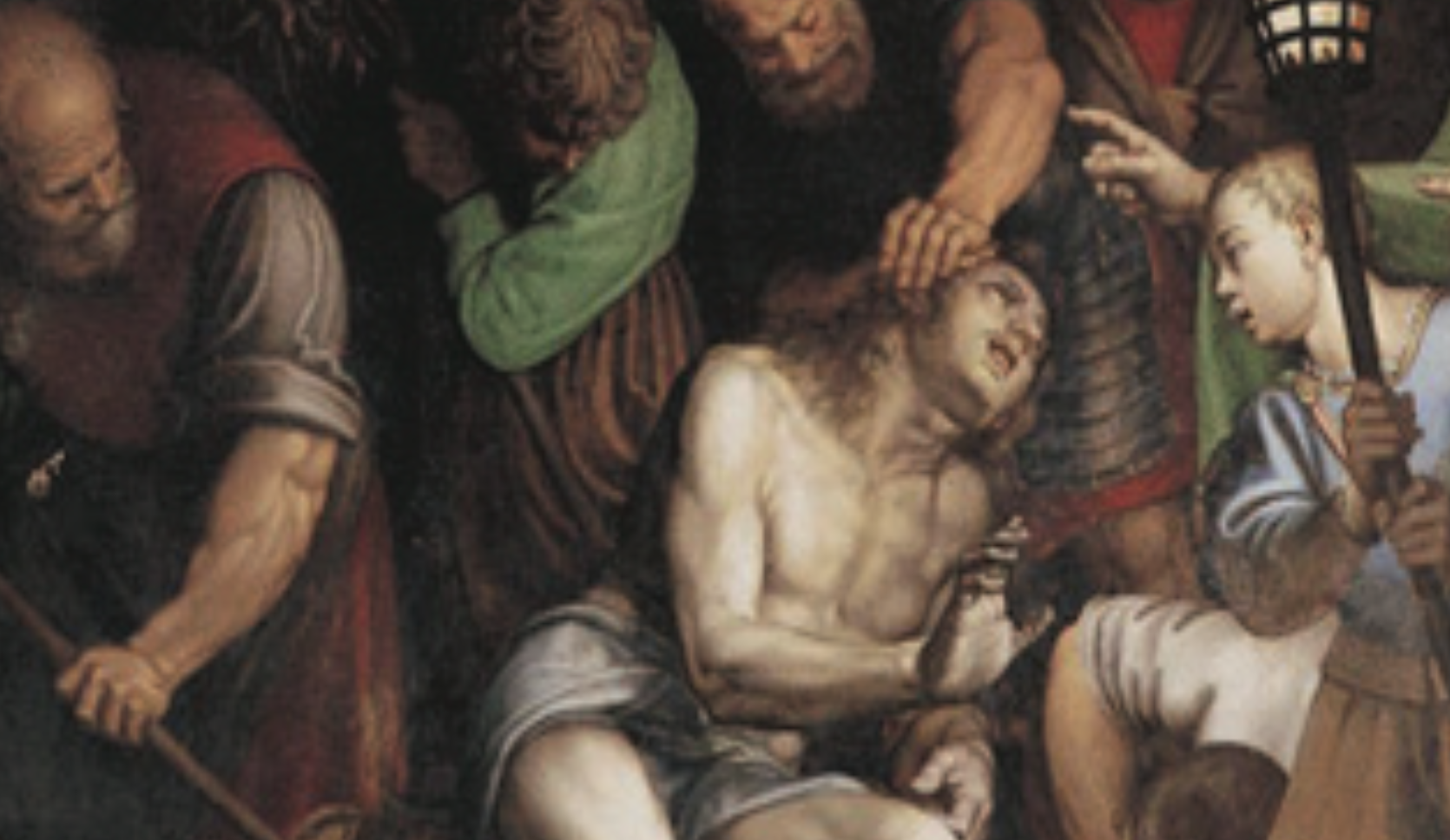We’ve all said the words “St. Lawrence” hundreds of times and associate it with so many personal memories, that it is easy to forget the “Saint” part of our university’s name. Sure, we may have mastered the art of using the “Here We Go Saints” geotag on Snapchat, or shouting the words raucously at a hockey game, but it sometimes seems that the word has lost its original meaning and has adopted one completely our own. It is less about the word, and more about the place.
Really, it is easy to fall into a whole semantic, postmodern spiral about the thing. Before one has a complete existential freak-out, there is actually a wonderful history about the figure of St. Lawrence waiting to be uncovered, to help the student body understand both this school’s and this entire region’s name. So, who is St. Lawrence, and why will he forever live on in all of our resumes and Linkedin profiles? Who was this person we mention every day, and why don’t many of us actually know?
To begin- for some of the less religiously inclined- as a saint, St. Lawrence is a person formally that the Catholic Church formally canonized for his acts of holiness. He is thought to have been a deacon of Rome around 257 AD, or one
of the seven people designated to handle church finances, particularly in regards to the poor. While St. Lawrence was a deacon, Pope St. Sixtus was condemned to death in religious persecution by the standing emperor of Rome. After the Sixtus’ death, the prefect of Rome ordered St. Lawrence to turn over all the wealth of the church to the emperor. According to a source from St. Ambrose, the earliest account of the tale, St. Lawrence asked for three days to gather the wealth. Instead of doing so, he worked quickly to distribute all of the church’s wealth to the city’s poor to ensure the prefect would not seize it. In three days time, St. Lawrence was brought to a hearing and ordered to surrender the treasure. He then pointed to the poor, the crippled, and the suffering, and told the prefect that these were the real treasures of Rome. One account even reports he said, “the Church is truly rich, far richer than your emperor.” In this act of defiance towards the emperor, St. Lawrence was martyred, and condemned by the prefect to endure a slow and excruciating death.
According to the tale, the prefectorderedthatSt.Lawrence be tied onto an iron grill, or gridiron, above coals and slowly burned, although supposedly his fierce devotion towards God allowed him immunity to pain. He reportedly even told the judge “turn me over, I’m done on this side” in a last act of defiance and mockery towards the Roman government. As he died, he prayed for the conversion of Rome to Catholicism, which many Catholics credit for the decline of paganism after his death. However, some scholars question if St. Lawrence was actually burned on an iron grill, or if this is a misconception due to a mistranslation changing passus est (he suffered) to assus est (he was roasted). Regardless, St. Lawrence was one of the most celebrated martyrs in the Catholic faith, especially in Rome, where he is considered a patron of the city.
The gridiron to this day is still heavily associated with the saint. The supposed original gridiron that the saint was martyred on is displayed in the San Lorenzo Basilica in Rome, a popular destination for Catholic pilgrimage. So, yes; the Gridiron annual one can find stacked in the ODY bookshelves? Named after the iron grill used to burn a martyr to death over hot coals. A 14 foot statue of St. Lawrence with his gridiron in hand can still be seen at the St. Lawrence River, watching over the Thousand Islands. It has come to be not only a symbol for the saint, but a symbol of defiance, representing courage in devotion to God, and placing the needs of the many poor above the needs of the rich few.
So why was the St. Lawrence River region, and thus this school, named after the saint? Jacques Cartier, the famous French explorer known as the first European to claim what is now Canada for France, arrived at the Gulf of St. Lawrence on St. Lawrence’s feast day, an important Catholic holiday celebrated each year on August 11th (often in an arguably gruesome fashion by grilling food). Cartier named the river after the saint and the name stuck, making the region today the sixth oldest surviving European place name in the country.
On the anniversary of the saint’s martyrdom and the European discovery of the region, one can see the Perseids meteor shower, one of the most notable meteor showers in the northern hemisphere, which coincides with the event each year. Many Catholics still refer to this shower as the “tears of St. Lawrence,” returning each year to remind people of the saint’s ultimate sacrifice, and inspire them to live by similar faith.
Overall, the region’s martyred namesake isn’t a bad guy to have an institution named after, and whether one is Catholic or not, he is someone in whom we can all find a reminder of the fundamental values of St. Lawrence whenever we utter his name: truth, light, bravery, and putting the needs of the greater world ahead of the needs of ourselves. All the more reason to yell, “here we go, Saints!”
Party With a Plan



